MSD begins 2020-2021 school year online in eLearning Phase 1; At end of first quarter, MSD offers on-campus option during eLearning Phase 2
October 25, 2020
Empty Nest
On March 13, Broward County Public Schools made the decision to close all schools due to the growing threat of COVID-19. Initially, students believed they were only getting an extra week of their spring break vacation. However, this week-long vacation turned into a permanent change.
“At first I thought we would be out for maybe a month, or maybe even the rest of the year, but I definitely didn’t think I would miss part of my senior year,” senior Lexie Sealy said.
Marjory Stoneman Douglas High School students finished the third quarter of the 2019-2020 school year online, as well as the entirety of the fourth quarter. Now, as the 2020-2021 school year is well underway, MSD has continued with its virtual learning.
Towards the end of May, BCPS released a survey with the intention of gathering the opinions of students and their families regarding their distance learning experiences. The purpose of the survey was to help the county and the school board get an idea of how to continue on for the upcoming 2020-2021 school year.
“I would love to go back to school on-campus because I would be able to see my friends every day instead of being stuck at home all year,” junior Gianna Sqcuirrini said. “However, going back to school on-campus would definitely lead to an increase in coronavirus cases, so it’s probably safer to stay home.”
Before the school year began, the school board had to make the decision whether or not to keep schools online, as opposed to returning to in-person learning. In order to gauge the opinions and wishes of students and parents, BCPS released two separate surveys over the summer with three different school models: in-person, hybrid and online learning. In the end, BCPS recommended to the school board that it was in the best interests of the county to remain online.
Two more surveys were released during the summer in order to help the BCPS make their decision. One survey targeted the opinions of students, while the other was directed at parents regarding the three back to school learning models.
“I would like nothing more than to see the students go back to school in August, but only if it can be done safely. The health and well-being of the students and staff must be the number one priority,” MSD parent Lisa Cavaretta said.
The results of the June 26 survey revealed that the county was almost evenly divided between the three models. Over 30% of respondents chose the hybrid model, with eLearning at 32% and face-to-face learning at 30%.
Another factor that the School Board of Broward County had to take into consideration was the state of the county itself in regard to the COVID-19 infection rates. With the combined information of survey responses and COVID-19 case data, Superintendent Robert Runcie announced that the 2020-2021 school year would begin with eLearning.
“When schools open on August 19, it will be 100 percent eLearning model,” Runcie said during the July 22 school board workshop.
A week before Runcie made the decision official, he had said in another video that he would be recommending the eLearning model when schools opened in the fall. MSD principal Michelle Kefford then sent out a robocall on Friday, July 17 to the families of MSD.
“As I am sure most of you have heard, our superintendent announced this week that we will start the 2020-2021 school year online,” Kefford said. “Please know that we have already hosted several trainings for teachers and have additional trainings planned and offered over the next few weeks.”
MSD students had different reactions to the principal’s announcement.
“I was really hoping that we would at least be able to do the hybrid model right away,” sophomore Lily Tomek said. “But this is the best way to make sure everyone continues to stay safe, so it is what it is. Hopefully, things will change for the second semester.”
However, some upperclassmen were not as willing to accept the news.
“I’m pretty upset, actually,” senior Madeline Dwyer said. “This is my senior year, and I was looking forward to being able to continue being involved in drama. I get that online learning is the safest option, but it just really blows. I wanted to have a normal senior year.”
The formatting for the 2020-2021 school year has a few notable changes when compared to the version of online school completed from April to June. During the last school year, class meetings were being held on Zoom, a video chatting platform, and were considered optional for students. Attendance was taken based upon whether or not MSD students had signed into Clever each day. Now, it’s a bit more complicated.
MSD, along with the rest of Broward County Public Schools, switched their online class meetings over to the program Microsoft Teams, and these meetings are no longer optional. If a high school student is not present for the entirety of the 90-minute class, then they are marked with an unexcused absence for that period.
Canvas, a learning management system, has remained the focal point of the county’s online functions for both students and teachers. MSD teachers and administrators created Canvas pages for individual classes, as well as several other groups, such as MSD Guidance, MSD Wellness Center and after school clubs.
Online classes also came with a new bell schedule for the beginning of the year. Instead of the original time of 7:40 a.m., MSD classes began at 8:30 a.m. A survey of 682 MSD students showed that 89% enjoyed starting classes later in the morning. These extra 50 minutes gave students the chance to gain more sleep and time to complete assignments.
“I love the later start time; it gives me so much more enthusiasm and happiness to start my day,” junior Isabela Ford said.
In addition to the later start time, MSD also ended classes at 3:10 p.m., 30 minutes later than the normal schedule. That lost time was made up by the shorter breaks in between classes and a shorter lunch. While in the normal face-to-face, pre-COVID-19 world, MSD had two different lunchtimes, A and B. There was only one lunch for all students during the first phase of online learning.
In the student survey, 49% of students reported that they prefer this year’s online formatting to the previous.
“I like the version we have now. It’s somewhat organized and easy to understand,” senior Gabriel Montes said. “A lot of my teachers have a weekly schedule, and their Canvas pages aren’t enough for me to do my homework and get on with my day in a timely manner.”
The Age of Technology
There are a few differences between the newly implemented Microsoft Teams and the previously used platform Zoom. Teams is accessed through each student’s BCPS identification number and therefore is more in sync with Canvas. Teachers have the ability to connect each class’s meeting link to the class Canvas page.
With the new switch from Zoom to Teams, 66% of students say they enjoy using the latter. Canvas, being a constant tool for learning at MSD, has continued to be beneficial and simple for 97% of students as well.
“I enjoy Teams better than Zoom because it’s way easier to get on, and it’s also more handy,” senior Isabella Sirker said.
However, there has been an increase in technological issues experienced at MSD, with 87% of students reporting problems ranging from connectivity issues to individual computer malfunctions to power outages due to inclement weather.
At the beginning of the year, the school installed a hotline for students to contact MSD technology specialists in order to assist students however they can. Out of the 10% of students that have indeed utilized this resource, 8% say it was helpful in one way or another.
Along with issues with devices, Teams has presented its own set of complications, with 69% of students experiencing problems with the platform. Students have had to endure difficulties such as getting kicked out from their classes, not being able to log-in, microphone and camera malfunctions and several other issues.
“I have technical difficulties almost every day with Teams,” senior Marla Eveillard said. “There are days where my mic won’t work and other days where the application starts to glitch out and kicks me out of the class. When I try to go back in, it just says try it again in a few minutes, but it never works, so I miss out on class for the remainder of the time. Because of Teams, I miss out on a good chunk of information from class.”
During the first quarter, Microsoft began to introduce a new feature to the platform called Breakout Rooms. This new addition allows teachers to divide the class into individual groups which can be utilized for group work. However, as helpful as this feature may seem, 32% of students do not enjoy using it.
“I do not enjoy using breakout rooms because in the few times that I did, my classmates did not really engage, and my teacher did not know how to work it,” Eveillard said.
Teams is not the only perpetrator of troubles for both students and teachers. On Sept. 27, Canvas and the Pinnacle gradebook simultaneously crashed, leaving Broward students and teachers unable to access either system. The double-resource issues interfered with 46% of students’ grades and classwork. For more information about this incident, read BCPS high school students experience complications with Canvas and Pinnacle on the Eagle Eye’s website, eagleeye.news.
Casting a (Blue) Light
For as long as technology has been around, there has always been a concern about how much screen time is too much. Now, with schools across the country engaging in online classes, this issue is more relevant than ever.
When it comes to MSD, 88% of students spend between seven and ten hours on the computer each day. Students have reported experiencing both physical and mental issues due to being on the computer for long hours, ranging from strained eyes to sleep deprivation and a lack of motivation.
“At greatest risk for developing [computer vision syndrome] are those persons who spend two or more continuous hours at a computer or using a digital screen device every day,” the American Optometric Association said in an article detailing the symptoms and causes of computer vision syndrome.
According to the American Optometric Association, computer vision syndrome is caused by extensive use of computers, tablets, e-readers and mobile phone use. Basically, using anything with a screen can cause these vision-related problems to occur.
“I’m usually on the computer for around 11 hours everyday because of school and homework,” freshman Brandon Rednour said. “By the end of the day, sometimes earlier, my eyes end up being strained and they hurt. I also get really bad headaches a lot.”
Sleeplessness can be attributed to the light given off from digital screens, known as blue light. This type of light comes from blue wavelengths, which are not necessarily harmful within themselves. However, at night, blue light seems to have the most negative effects.
“I’m on the computer until at least 12:30 every night,” freshman Zara Dautruche said. “I go to bed so late and never sleep good. The weekends are my time to catch up on sleep and not be online all hours of the night.”
During the day, blue light induces faster reaction times, an increase in mood and a boost in attention. It awakens the brain for the day at hand, which can be troublesome when occurring at night. A person’s circadian rhythm, their internal clock, is thrown out of whack when blue light is introduced at night.
There are also physical consequences to long hours on the computer, which about 65% of students have experienced.
“I usually spend around eight to nine hours on the computer because of online school and also while I do my homework,” sophomore Paola Romero said. “And it does affect me because sometimes I get a headache for being so much on the computer.”
Sitting at a desk all day can be just as harmful as a poor diet. Back and headaches, joint pain, poor posture and irritated eyes are just some of the effects students have been experiencing.
“I experience many issues due to being on my computer for numerous hours. After a while my back starts to bother me, so I’ll have to move to a different chair in my house,” senior Chloe Rogers said. “My head starts pounding from staring at a screen for so long and my eyes begin to hurt real bad as well. My neck gets real stiff because I don’t have amazing posture and it’s not like I can go lay in bed because that just makes your back hurt 10 times worse.”
Mind Over Matter
Mental health is more prevalent than ever, and especially at MSD. Students and teachers have been encouraged to share how they are feeling via social media campaigns, regardless of mental health stigmas. Social media has also become a platform for people to express their emotions and share their stories.
Over the course of the countrywide quarantine in the spring, mental health seemed to become a major part of conversation amongst the nation. Now that school has begun again, those conversations have not stopped.
“I definitely did enjoy the more conservations happening about mental health because I feel like mental health is still something many people don’t, or are afraid to talk about, so seeing it be talked about more was comforting,” junior Sarah Kathuria said.
After the Feb. 14, 2018 shooting, MSD opened the Wellness Center in the hopes of catering to students’ and teachers’ emotional needs. They have since taken that resource and made it available to students through Canvas.
During online school, 45% of students have noticed a change in their mental health, with 40% saying it has gotten worse over the school year. The three most common mental health challenges that MSD students struggle with are depression, anxiety and nervousness.
“Once school started, it gave me stuff to do and made me feel productive. I also started my extracurricular activity again, dance,” Dautruche said. “I know that school is important, and I take it seriously, but I find myself doing school from the early morning to the mid-afternoon taking a few hours of break to go to dance, then getting back to the computer till 12:30 a.m. It makes me feel like school is my life, and it shouldn’t feel like that.”
Back to Class
As the end of first quarter neared, BCPS began to reevaluate the state of the county in the hopes of returning to some kind of in-person learning for the second quarter, originally planned to begin a phased re-opening on October. 15.
BCPS released a student survey at the end of September in order to get an understanding of how many students would be returning to in-person learning on campus, entitled Phase 2 of eLearning.
Under mounting pressure from the Florida Department of Education, Florida Education Commissioner Richard Corcoran and Gov. Ron DeSantis, the district ultimately moved up its reopening.
Corcoran sent a letter addressed to the Donna Korn, the Chair of School Board of Broward County, and Superintendent Runcie demanding that BCPS schools reopen by Oct. 5.
The school board held an emergency meeting on Thursday, Oct. 1. The school board members were resistant to allowing the state to dictate their opening date. During the meeting, district officials negotiated with state officials, leading to a compromise decision to reopen Broward County Public Schools in a phased reopening beginning on Friday, Oct. 9.
Initially, about 535 students opted to returned to MSD to participate in their classes from campus. Although the students are in-person, all classes are still be held through Teams, and each student is responsible for bringing their own device each day.
In order to accommodate students who rely on county bus transportation, all Broward County Public Schools reverted to their regular school day times. At MSD classes once again begin at 7:40 a.m. and end at 2:40 p.m. with 8 minutes between each period. The A and B lunch schedule has also been reinstated based upon each student’s 3rd and 7th period teachers.
On Oct. 9 self-contained special needs students returned to campus. Freshman returned on Oct. 13, and sophomores, juniors and seniors returned on Oct. 15.
By Friday, Oct. 23, the number of students eLearning on campus dwindled to 320. Not all teachers have returned to campus either. Teachers with priority medical conditions have been allowed to continue instructing from home.
BCPS hopes that eventually all students will be able to safely return to school campuses and will reevaluate the situation at the end of the first semester.
This story was originally published in the October 2020 Eagle Eye print edition.

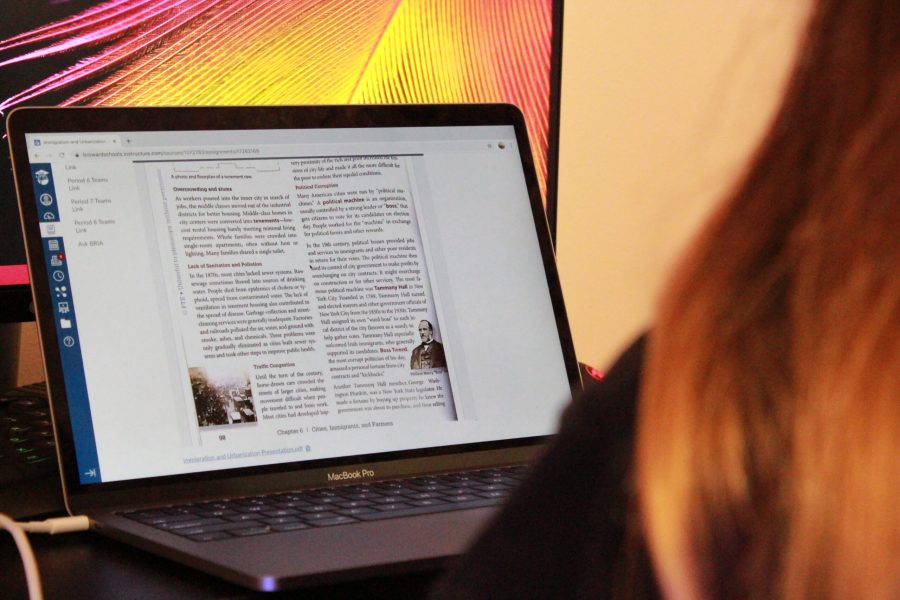



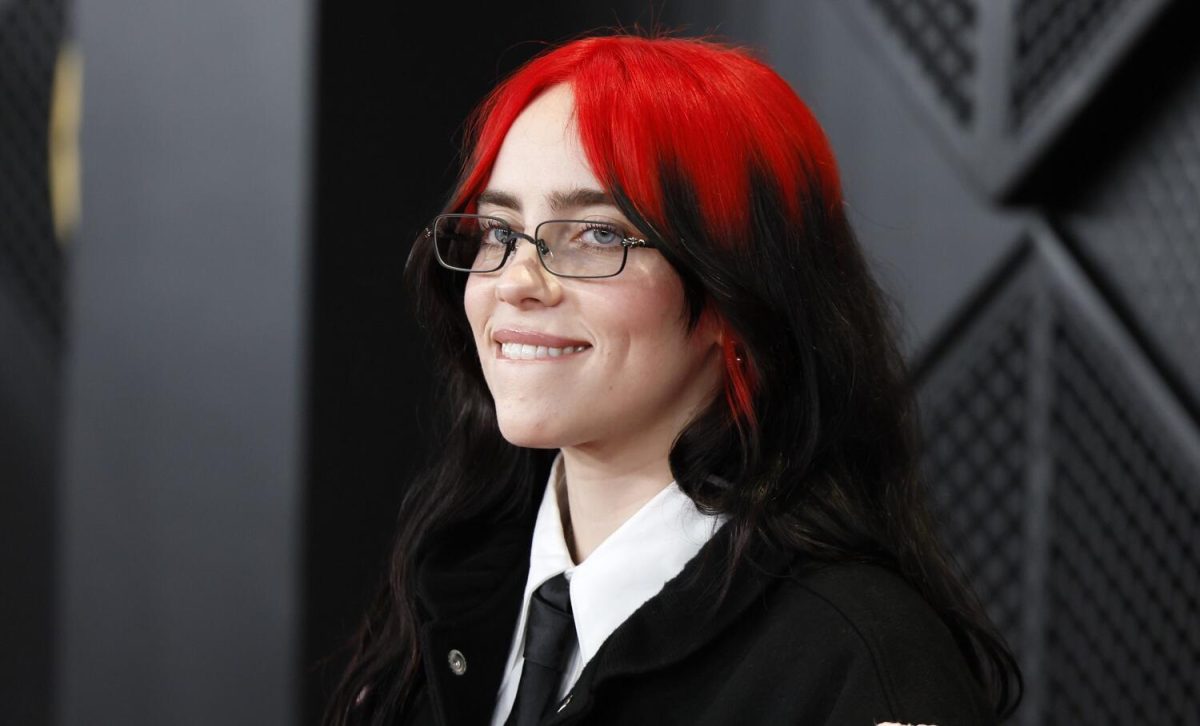
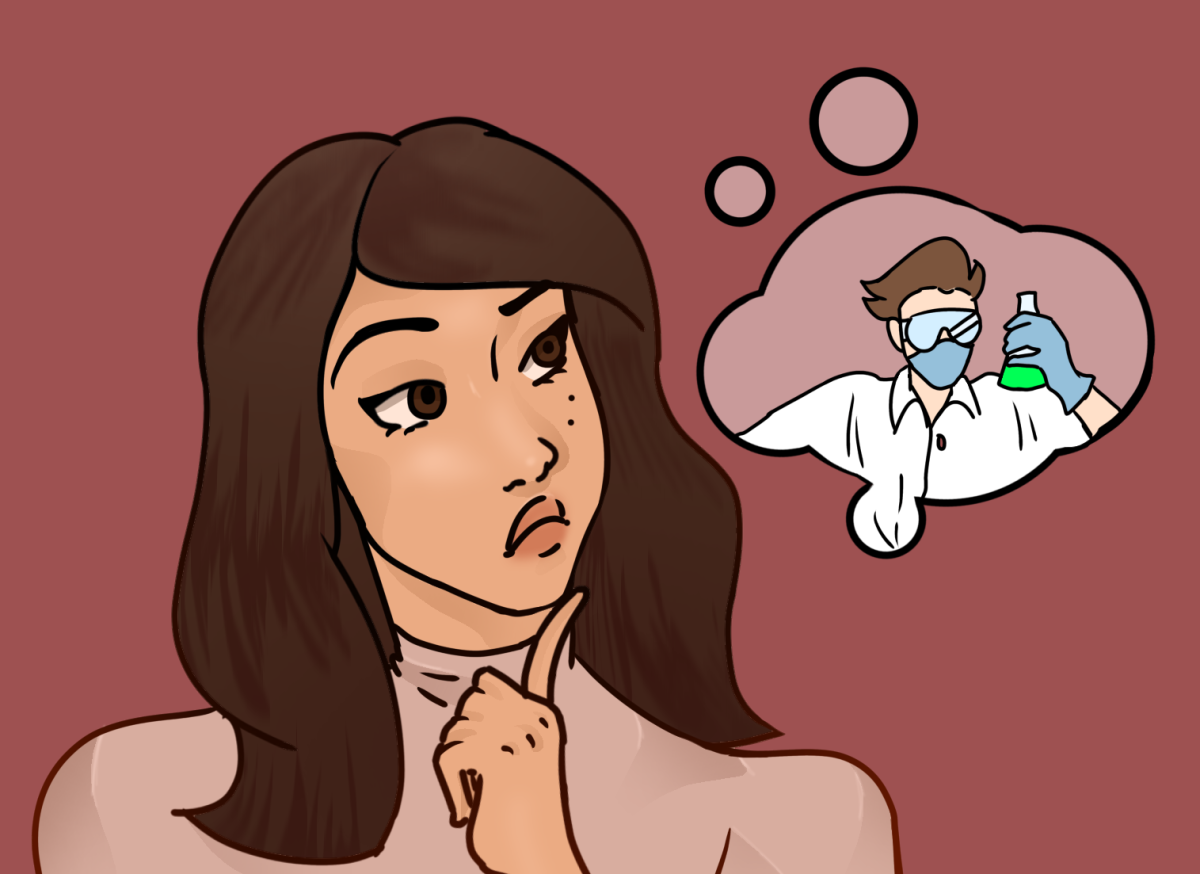







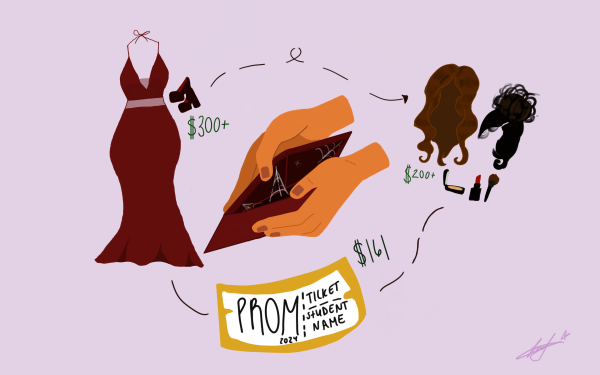




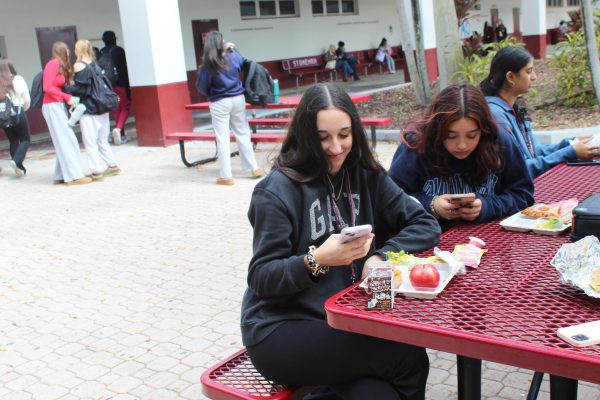
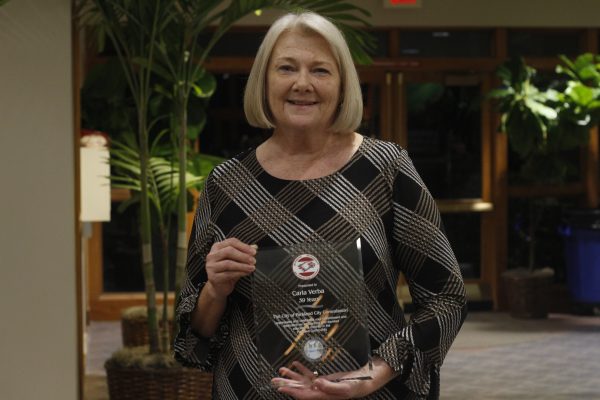

![(left to right) Seniors Stephanie Bilsky and Gracyn Haynes sport the DECA symbol, a triangle, at their first career fair, hosted on Dec. 6, 2023. The career fair had 12 business for students to explore and ask questions about. What we wanted to do is just take what weve learned [in DECA] and expand it to those students who arent enrolled in this class and dont have access and then just kind of take it to the community and allow students to discover their future as well, Haynes said.](https://eagleeye.news/wp-content/uploads/2024/01/9n9MEiC72JCfrptYKrZhoKhKscuboBiEju33GYeA-600x400.jpg)
